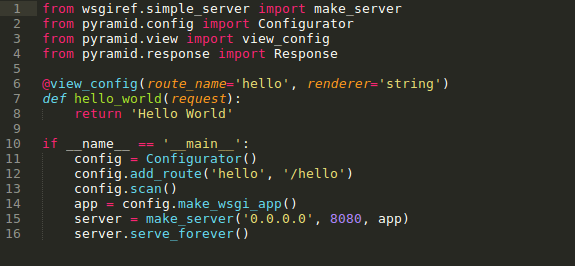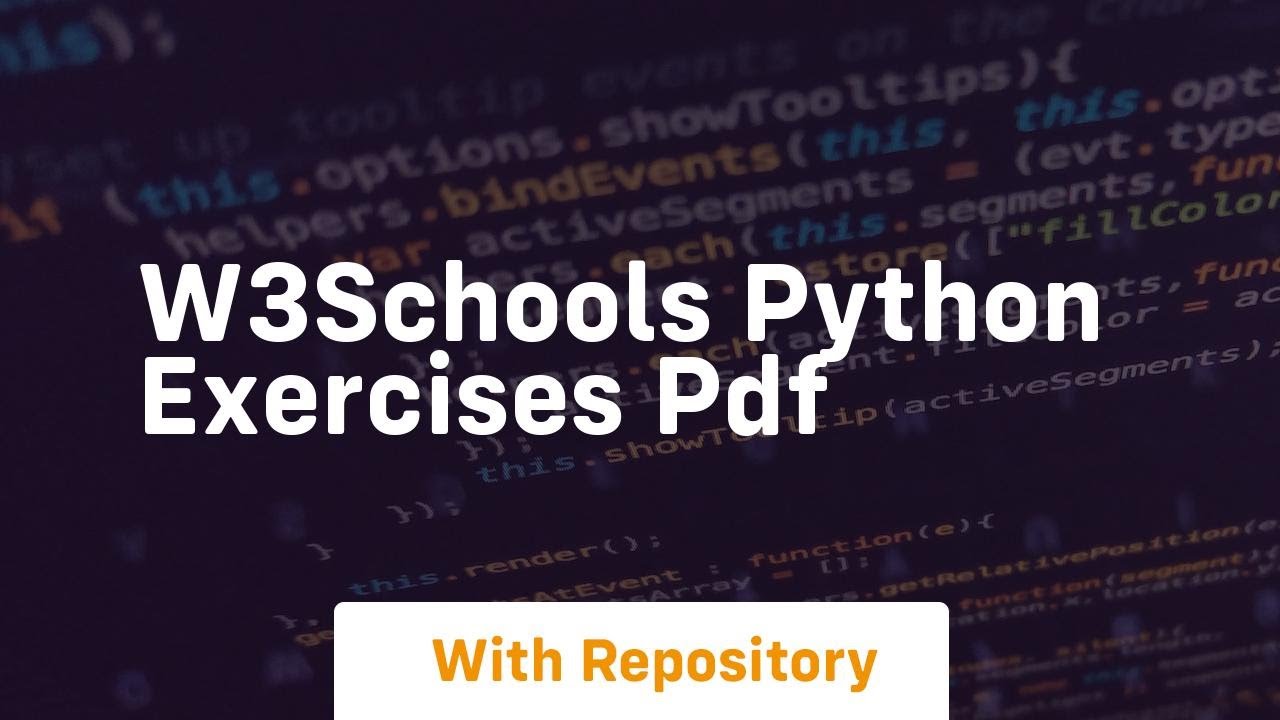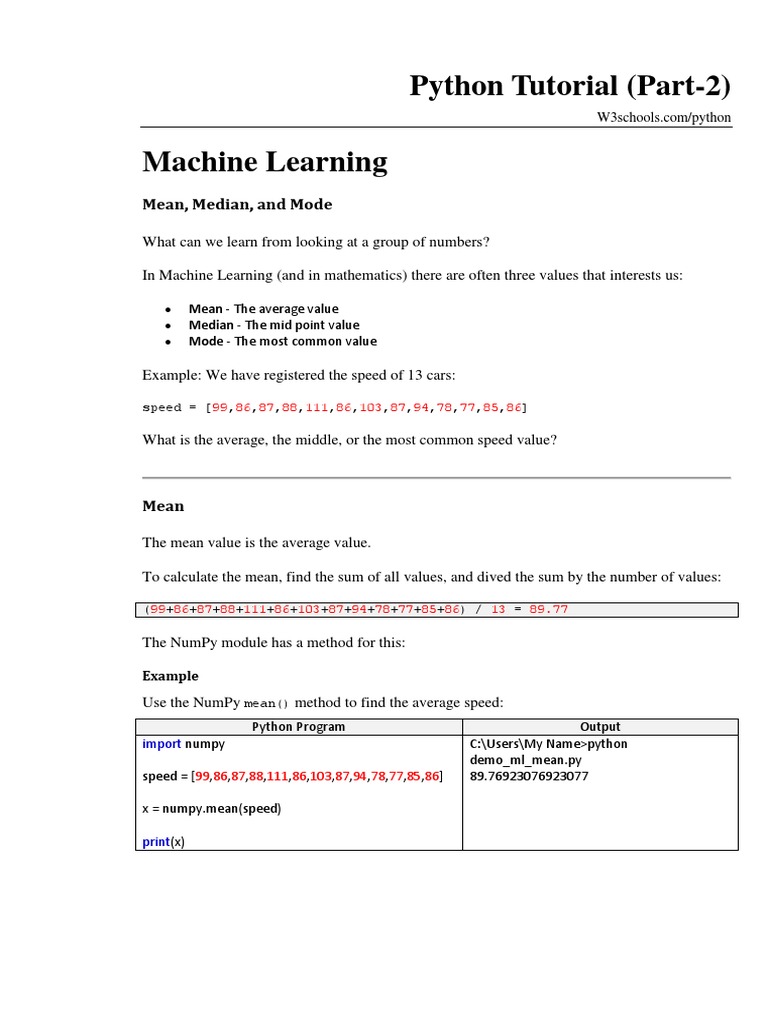Supervised learning code in Python
Supervised learning code in Python

Here is an example of supervised learning code in Python for a simple classification problem:
# Import necessary libraries
from sklearn.datasets import load_iris
from sklearn.model_selection import train_test_split
from sklearn.preprocessing import StandardScaler
from sklearn.linear_model import LogisticRegression
from sklearn.metrics import accuracy_score, classification_report, confusion_matrix
Load the iris dataset
iris = load_iris()
Split the data into training and testing sets
X_train, X_test, y_train, y_test = train_test_split(iris.data, iris.target, test_size=0.2, random_state=42)
Scale the features using StandardScaler
scaler = StandardScaler()
X_train_scaled = scaler.fit_transform(X_train)
X_test_scaled = scaler.transform(X_test)
Train a logistic regression classifier
logreg = LogisticRegression(max_iter=10000)
logreg.fit(X_train_scaled, y_train)
Make predictions on the test set
y_pred = logreg.predict(X_test_scaled)
Evaluate the model using accuracy score, classification report, and confusion matrix
accuracy = accuracy_score(y_test, y_pred)
print(f"Accuracy: {accuracy:.3f}")
print(classification_report(y_test, y_pred))
print(confusion_matrix(y_test, y_pred))
This code begins by loading the iris dataset, which is a classic example of a classification problem. The data is then split into training and testing sets using train_test_split from scikit-learn.
Next, the features are scaled using StandardScaler, which helps to prevent any single feature from dominating the others during training.
The model is trained using a logistic regression classifier from scikit-learn, which is a simple yet effective algorithm for binary classification. The classifier is trained on the scaled training data and then used to make predictions on the test set.
Finally, the performance of the model is evaluated using three common metrics:
Accuracy: This measures the proportion of correctly classified instances. Classification Report: This provides a breakdown of true positives (TP), false positives (FP), true negatives (TN), and false negatives (FN). Confusion Matrix: This shows the actual class labels against the predicted class labels, which can be useful for understanding how the model is performing on different classes.These metrics provide valuable insights into the performance of the model, helping you to refine your approach and improve your results.
W3schools machine learning python pdf

Here's a comprehensive guide on using W3Schools for machine learning with Python, along with some helpful PDF resources.
W3Schools is an online platform that provides tutorials, examples, and reference materials for web development, including programming languages like Python. In recent years, they have also expanded their scope to include machine learning, which has become increasingly important in the field of data science.
Machine Learning on W3Schools:
Python Libraries: W3Schools covers various popular libraries used for machine learning in Python, such as: NumPy: For efficient numerical computations.
PDF Resources:
Scikit-learn Documentation PDF: This official documentation from Scikit-learn is a comprehensive guide to using the library for machine learning in Python. Python Machine Learning Book by Sebastian Raschka: This free e-book provides an introduction to machine learning with Python, covering topics like data preprocessing, feature selection, and model evaluation. TensorFlow Tutorial PDF: A tutorial provided by Google on building deep learning models using TensorFlow, including neural network architectures and optimization techniques.Tips for Learning Machine Learning with W3Schools:
Practice: W3Schools offers interactive coding environments where you can practice your Python skills. Try solving machine learning problems to improve your skills. Reference Materials: The platform provides detailed reference materials, such as syntax guides and code snippets, which can be useful for quick lookups or when stuck on a specific problem. Real-World Applications: W3Schools focuses on practical applications of machine learning in Python. Try applying the concepts to real-world problems or projects to enhance your understanding.In conclusion, W3Schools is an excellent resource for anyone interested in machine learning with Python. The platform's comprehensive tutorials, examples, and reference materials will help you build a strong foundation in this exciting field.





























